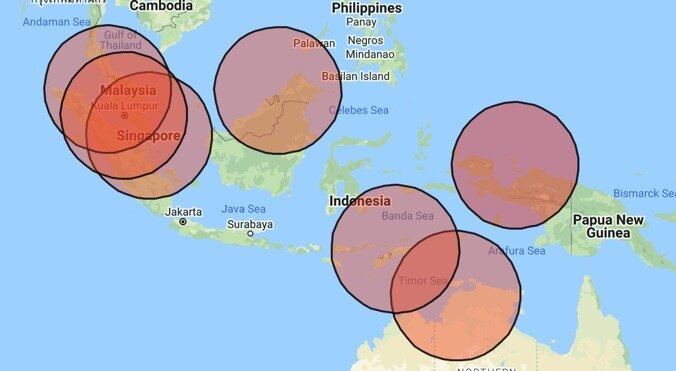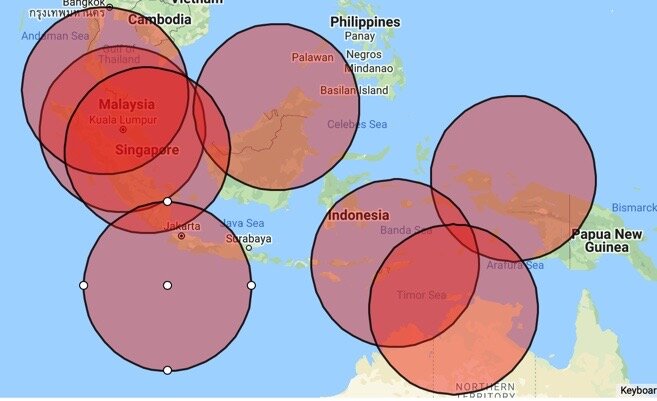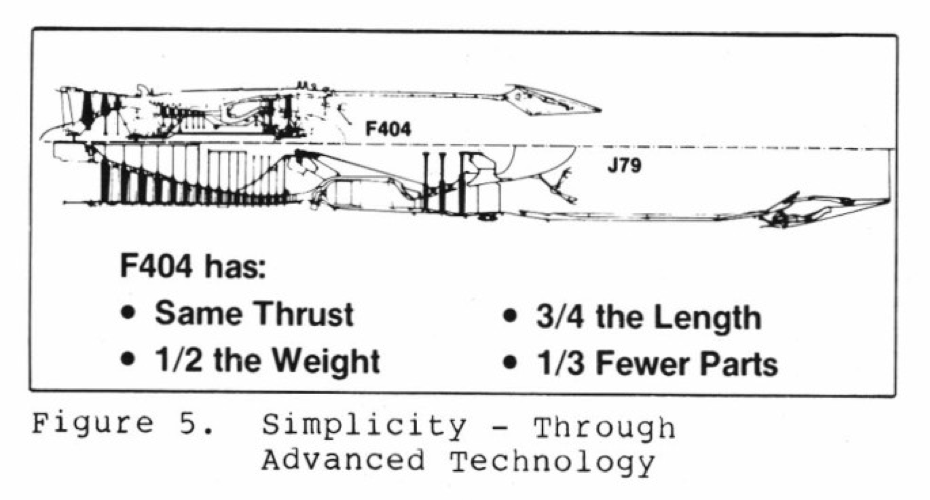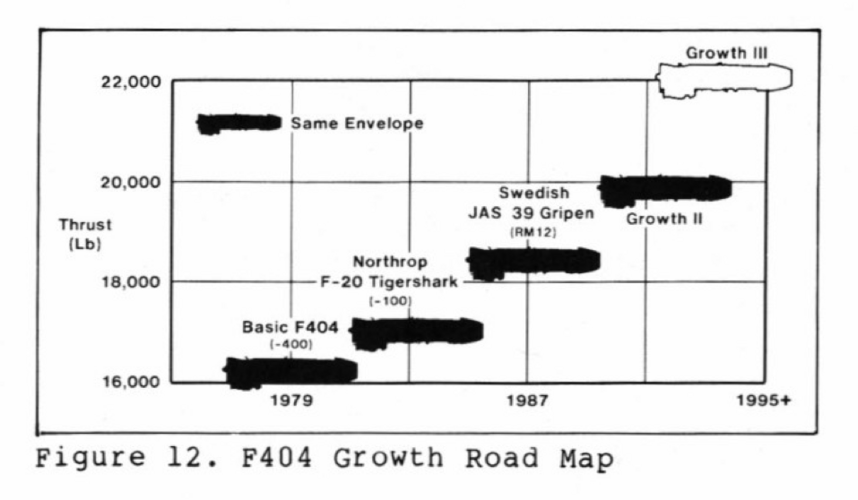isayyo2
Lurker alert
- Joined
- 24 November 2011
- Messages
- 1,131
- Reaction score
- 2,314
Modified by Curtiss-Wright, with a supply chain coming from the United States. Armstrong would not be able to supply the J65 specific parts.Errr J65 is a licensed Sapphire.
I would also imagine a Sapphire ASSa.7 would need new mounting hardware for American planes, and additional cooling capacity to match its higher thrust output?
Last edited:







